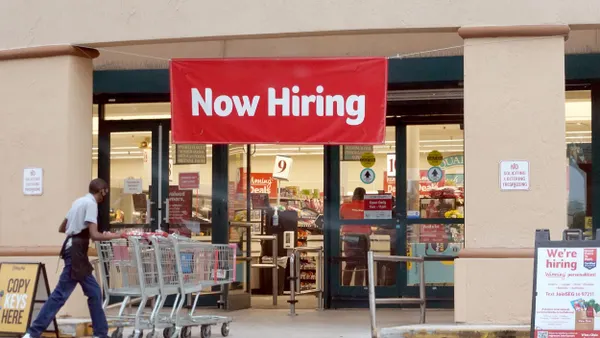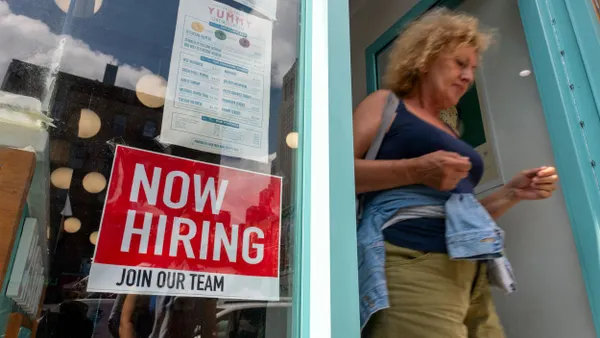Dive Brief:
- Employers in STEM industries rated the resumes of female and minority applicants with 4.0 GPAs equal to those of white male applicants with 3.75 GPAs, according to new research from the University of Pennsylvania's Wharton School. The researchers came to this conclusion by devising a resume audit system that invited employers to rate resumes the researchers created that used gender- and race-specific indicators.
- Employers in the humanities and social sciences did not rate women and minorities lower than average. But across all industries, employers "gave less credit to female and minority candidates for having a prestigious internship," the researchers said.
- According to the researchers, each participating company rated 40 randomly assigned false resumes, developed using software based on real ones to create data banks for school and academic major, leadership skills and work experience. The resumes included names that "would clearly indicate both gender and race." To generate these names, the researchers used birth records and census data.
Dive Insight:
When a resume includes anything indicative of protected characteristics, hiring managers are at risk of making biased decisions. As this study highlights, even a person's name may trigger conscious or unconscious bias in a hiring manager or recruiter, damaging the applicant's chance with the company.
To combat this, employers may provide anti-bias training to anyone involved in hiring. Experts previously told HR Dive, however, that training may not suffice. Employers will need to develop procedures that remove opportunity for bias as much as possible.
Technology may make it easier for employers to develop such processes. Researchers at Penn State University and Columbia University created an artificial intelligence tool that detects discrimination based on protected characteristics in hiring, pay practices, policing, education admissions and customer finance. Tech has created bias problems before. When Google attempted to develop a hiring algorithm several years ago, the tool duplicated a hiring bias against women in the organization.












